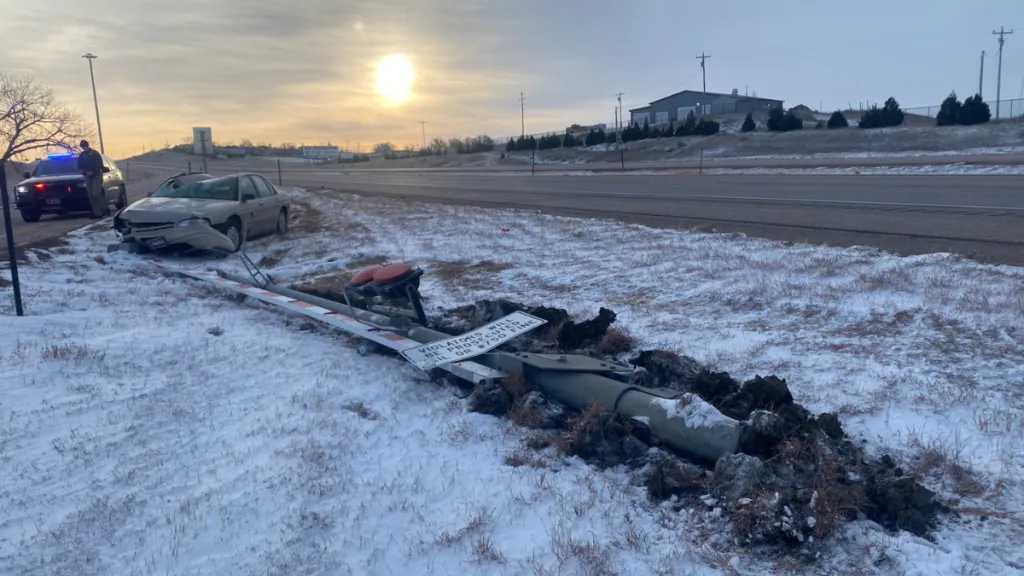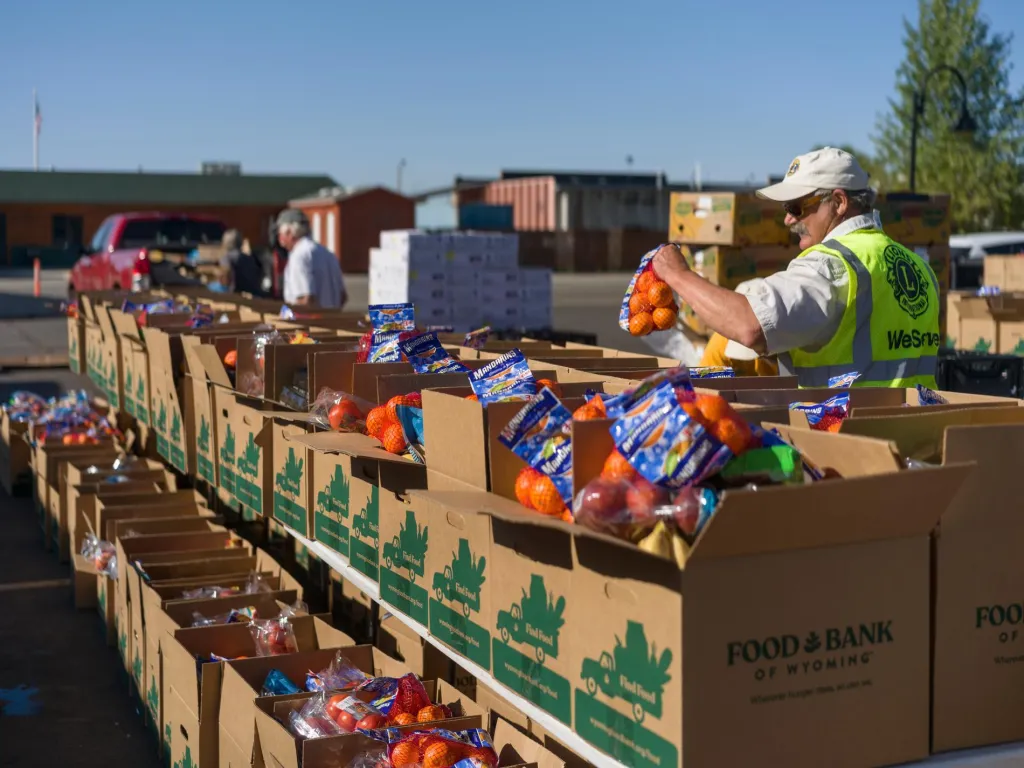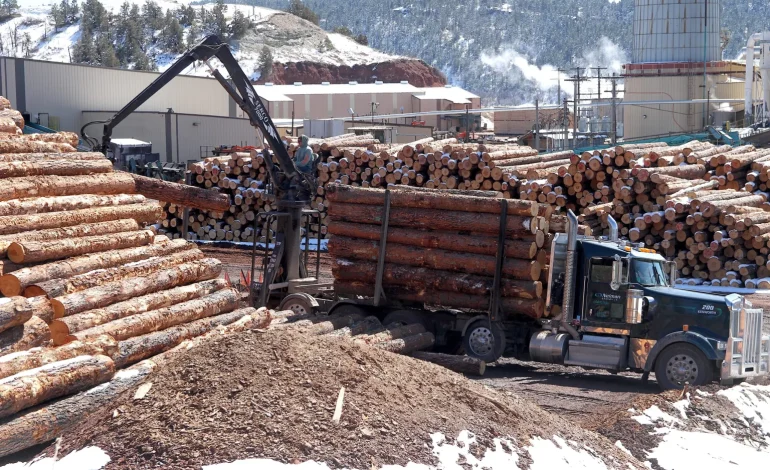Wyoming’s timber industry is grappling with economic difficulties and regulatory hurdles despite new federal efforts to stimulate logging, WyoFile reports.
A recent order from US Secretary of Agriculture Brooke Rollins, aimed at fast-tracking timber sales across national forests, has ignited hope for a revival of logging in the state, especially in areas like the Black Hills. However, industry experts and business owners express skepticism about whether the plan will be enough to revive the region’s flagging timber sector.
In early April 2025, Rollins declared an emergency, covering over 112 million acres of national forest, nearly 60% of all national forest lands in the US The move seeks to eliminate some bureaucratic barriers that have historically slowed timber sales, particularly the lengthy approval processes under the National Environmental Policy Act (NEPA). In Wyoming, where much of the forested land is difficult to access due to rugged terrain and protected areas, the hope is that quicker approvals will allow for more cutting and help mills like Jim Neiman’s to survive.
Neiman, who runs one of Wyoming’s last large commercial sawmills in Hulett, says the new policy could streamline timber sales significantly.
“The old process could take anywhere from a year and a half to five years. This will speed it up to just a few months,” he explained.
Neiman’s operation, which currently runs at a reduced capacity, hopes the policy shift will lead to a more sustainable supply of timber. Still, he remains uncertain about the future.
“I hope to maintain one shift in Hulett and two shifts in Spearfish, but something needs to happen fast,” he said.
The timber industry in Wyoming has been in decline for years, with many mills shutting down due to low timber availability and economic pressures. While the state’s Black Hills region is more favorable for logging due to its faster-growing ponderosa pines, the broader trend across the state has been one of diminishing infrastructure. Only a few mills remain in operation, and many of the larger-scale cuts necessary to support these businesses simply don’t make economic sense given the lack of accessible timber and the rising costs of transport.
The USDA’s emergency order targets forests at high risk of wildfires and areas facing significant tree mortality in the coming years. It aims to increase timber production by streamlining processes for timber sale approvals and enhancing predictability in future supplies. However, challenges remain. Wyoming State Forester Kelly Norris noted that approximately two-thirds of the state’s forested land is designated as roadless or wilderness areas, making it difficult to access timber for commercial use. Despite these constraints, Norris emphasized the potential benefits of the federal initiative, describing it as part of a broader effort to make timber more accessible.
Another concern raised by industry veterans is the potential environmental impact of increasing logging activity. Critics warn that overcutting could threaten the long-term viability of the timber industry. Dave Mertz, a former Black Hills National Forest staffer, expressed caution, saying:
“The last thing we want is to overcut and lose what little timber is left.”
He pointed out that the region’s forests have already suffered from past issues such as the mountain pine beetle epidemic and large-scale wildfires, which have left the ecosystem in a fragile state.
For Neiman and other mill operators, the struggle to secure a reliable timber supply remains a significant challenge.
“They’ve only put 400,000 board feet up this year, and that won’t even last a week,” Neiman said.
Over the past five years, he’s already had to lay off 200 employees across his operations. The broader economy in northeast Wyoming, where tourism and real estate have grown, may offer some relief, but it’s unclear whether these sectors can replace the stability that a thriving timber industry once provided.
In areas like Hulett, some landowners no longer permit logging, and logging smaller parcels of land has become financially unfeasible due to the high costs of mobilizing equipment. Doug Mills, who runs a pallet-cutting mill in the area, echoed Neiman’s concerns.
“Once a business like that goes away, they don’t come back very soon,” he said.
Despite these obstacles, there is cautious optimism that the recent federal policy changes could provide a much-needed boost to the struggling industry. While it remains to be seen whether the proposed targets for increased timber production are achievable in the state’s national forests, the move is seen as a potential lifeline for businesses hanging on by a thread.










The latest news in your social feeds
Subscribe to our social media platforms to stay tuned